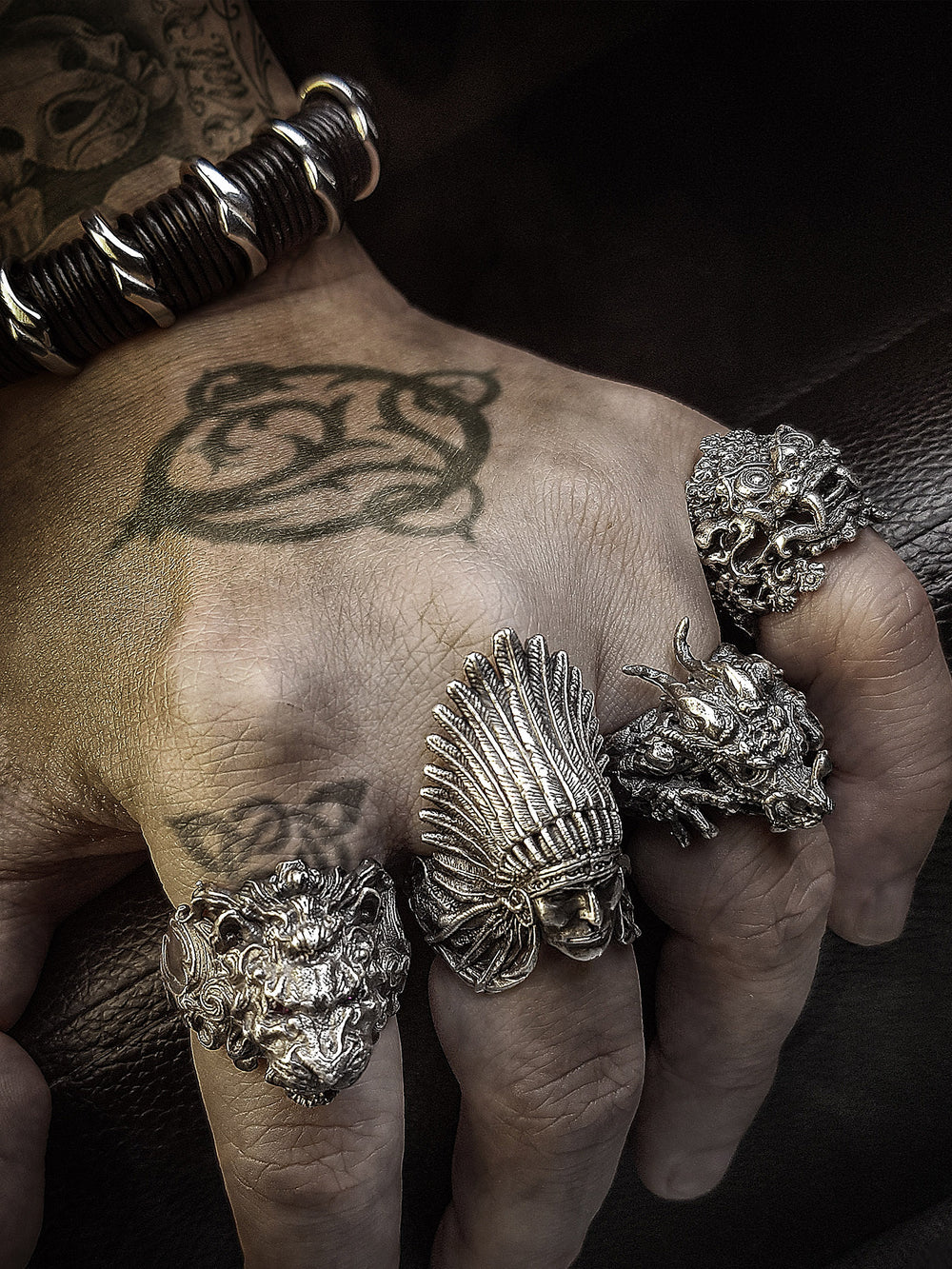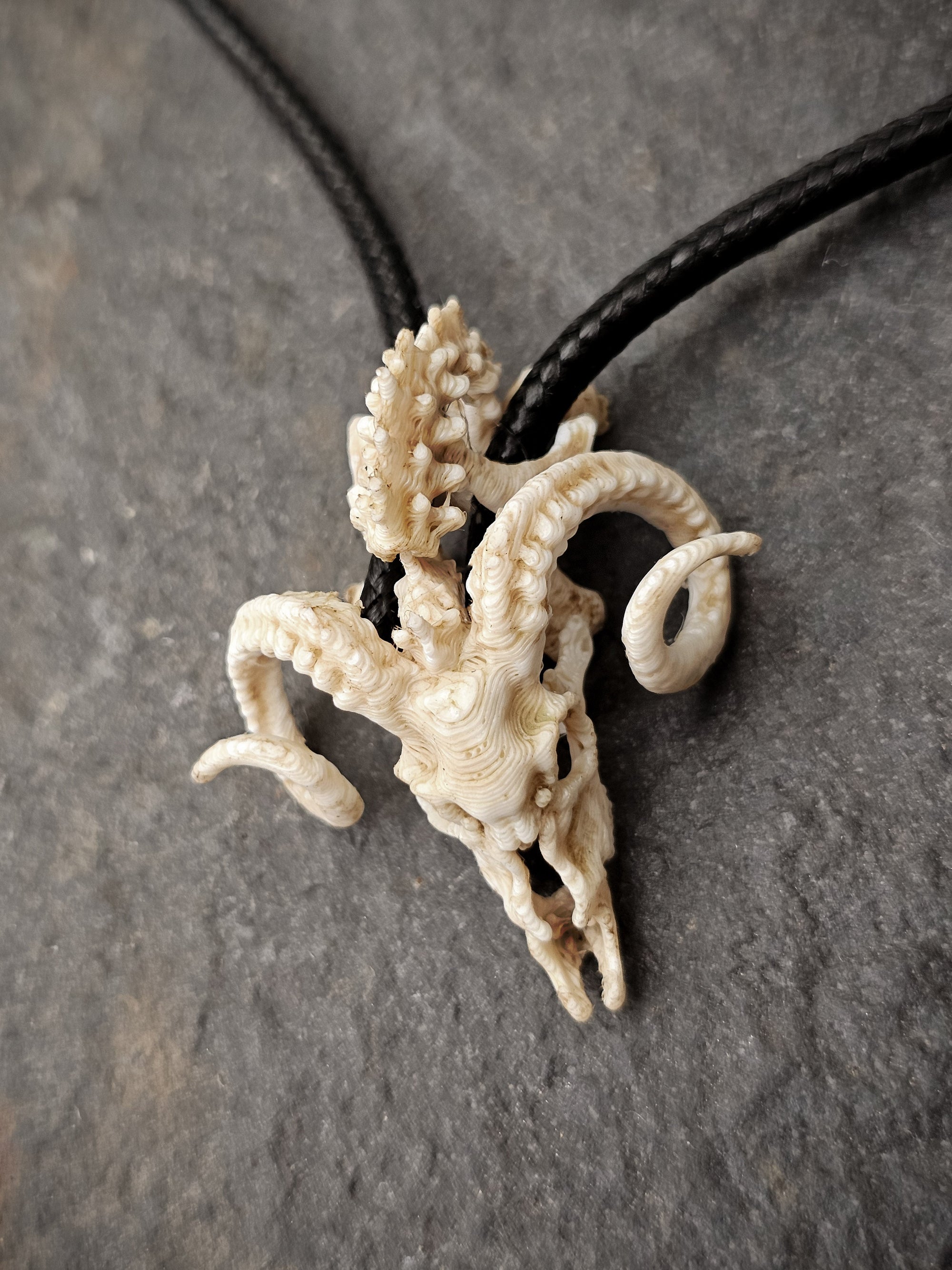The Surprising Truth About Gold Plating Fading
Gold plating can fade or tarnish over time, depending on several factors such as the quality of the plating, the thickness of the gold layer, and the amount of wear and tear the item is subjected to.
Gold plating is a thin layer of gold that is electroplated onto a base metal. The thickness of the gold layer can vary, with thicker layers generally being more durable and less likely to fade. The quality of the plating can also affect its longevity, with higher quality plating being more resistant to fading or tarnishing.
The amount of wear and tear the item is subjected to can also affect the lifespan of the gold plating. Items that are frequently worn or exposed to harsh conditions, such as sweat, water, or chemicals, may experience faster fading or tarnishing of the gold plating.
To extend the lifespan of gold-plated items, it is important to handle them carefully and avoid exposing them to harsh conditions. It may also be necessary to have the items re-plated periodically to maintain their appearance.
Preserving the appearance and quality of gold plating involves careful handling, cleaning, and storage. Here are some steps you can take to maintain and preserve gold-plated items:
-
Avoid Abrasive Substances: Gold plating is relatively delicate, so avoid using abrasive materials like harsh brushes, scouring pads, or abrasive cleaners that can scratch or remove the gold layer.
-
Regular Cleaning: Clean the gold-plated surface regularly to remove dirt, oils, and grime that can accumulate over time. Use a mild soap and warm water solution. Gently rub the surface with a soft cloth or a non-abrasive sponge. Make sure to avoid excess moisture, as prolonged exposure to water can damage the plating.
-
Avoid Harsh Chemicals: Avoid using harsh chemicals, including bleach, ammonia, and other strong cleaning agents. These substances can damage the gold plating and cause it to deteriorate.
-
Soft Cloth for Polishing: For routine maintenance, use a soft, lint-free cloth to gently polish the gold-plated surface. This will help maintain its shine and remove minor smudges and fingerprints.
-
Storage: When not in use, store gold-plated items in a dry and dust-free environment. Ideally, keep them in a jewelry box or a soft pouch to prevent scratches and exposure to air, which can lead to tarnishing.
-
Avoid Excessive Friction: Be careful when wearing gold-plated jewelry, as excessive friction from clothing or other surfaces can wear down the plating over time.
-
Remove Before Activities: Remove gold-plated items before engaging in activities that might expose them to chemicals, water, or physical stress. This includes activities such as swimming, gardening, and exercising.
-
Replating: If the gold plating starts to wear off, you might consider having the item re-plated by a professional jeweler. Replating involves adding a new layer of gold to the surface, restoring its appearance.
-
Professional Cleaning: For valuable or intricate items, consider having them professionally cleaned by a jeweler. They have the expertise to clean and restore gold plating without causing damage.
-
Avoid Extreme Temperatures: Exposure to extreme temperatures can affect the integrity of gold plating. Avoid leaving gold-plated items in direct sunlight or extreme heat for prolonged periods.
Remember that gold plating will naturally wear over time due to regular use and exposure. While following these guidelines can help preserve the appearance of gold-plated items, some level of wear is inevitable. If an item holds sentimental or significant value, you may want to consider investing in solid gold or another durable material.


